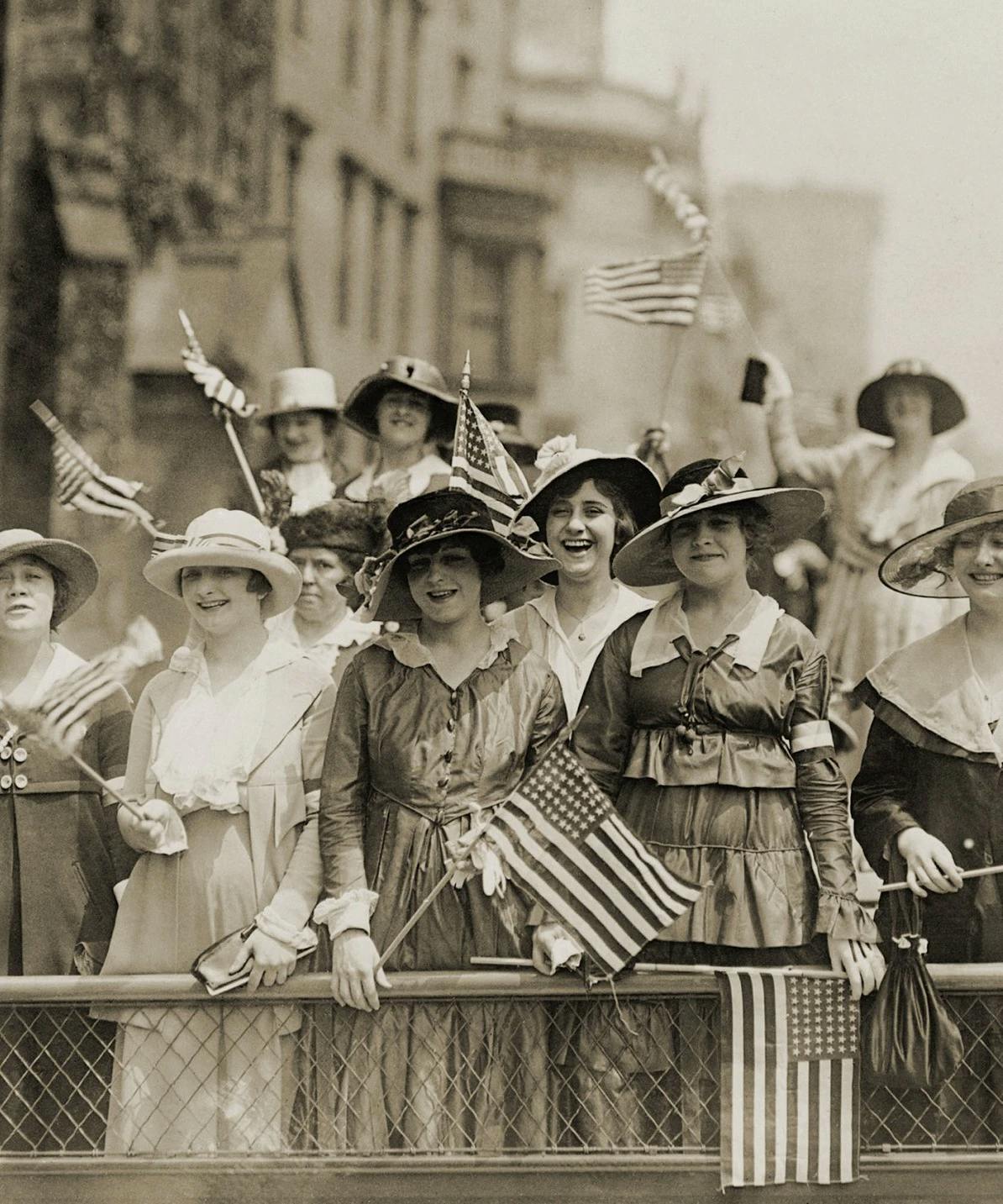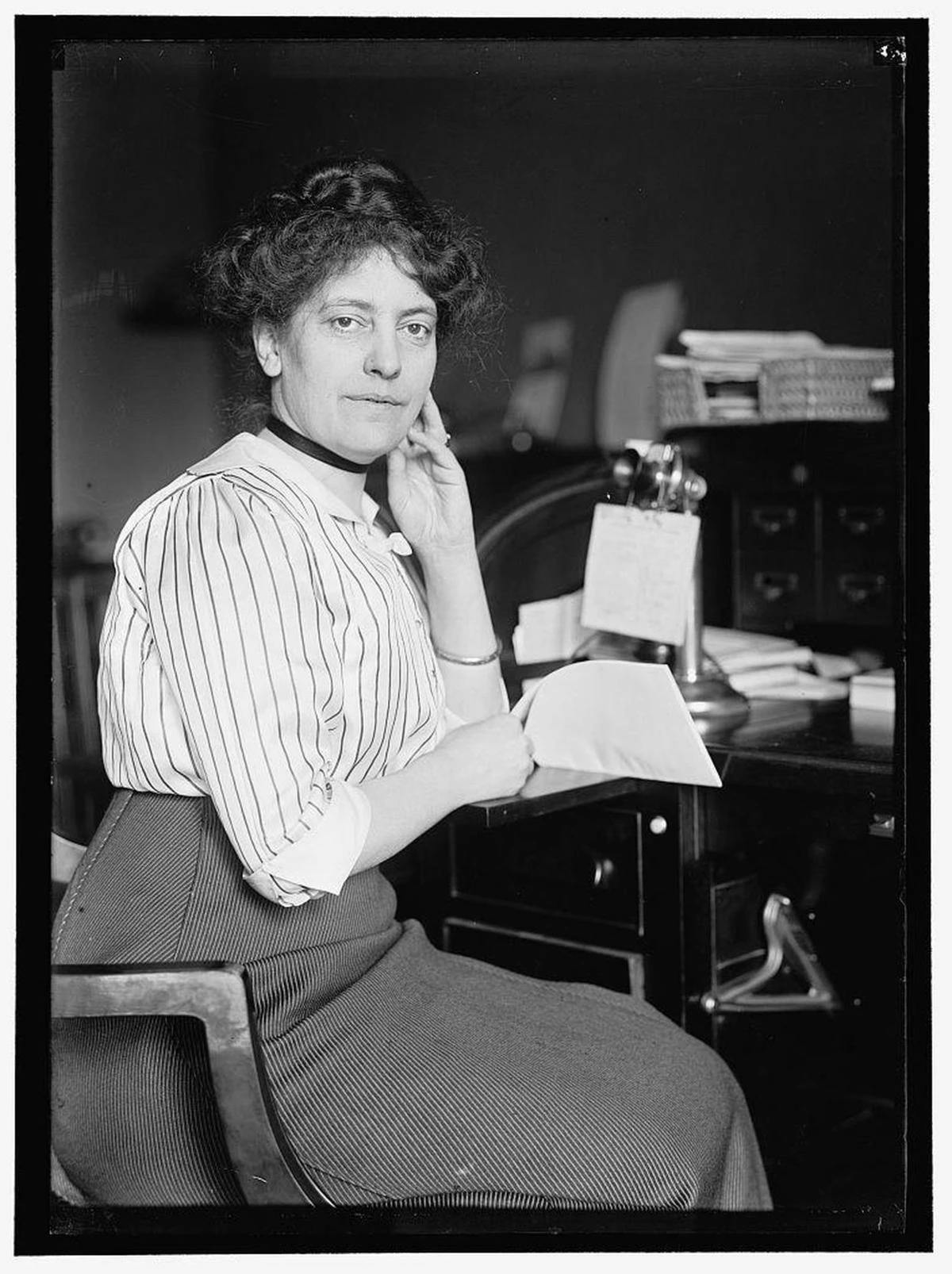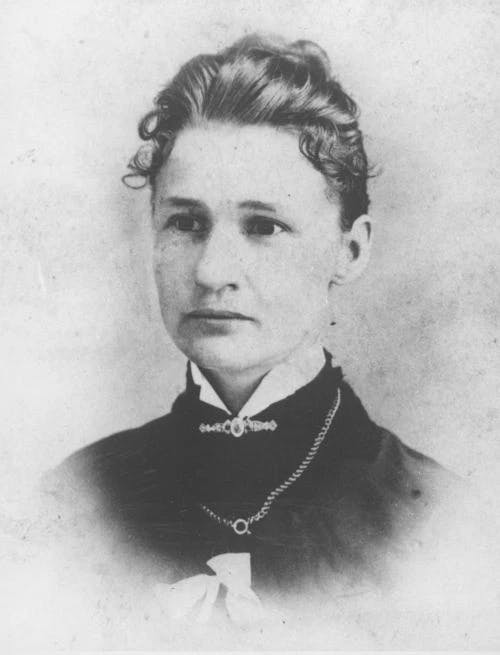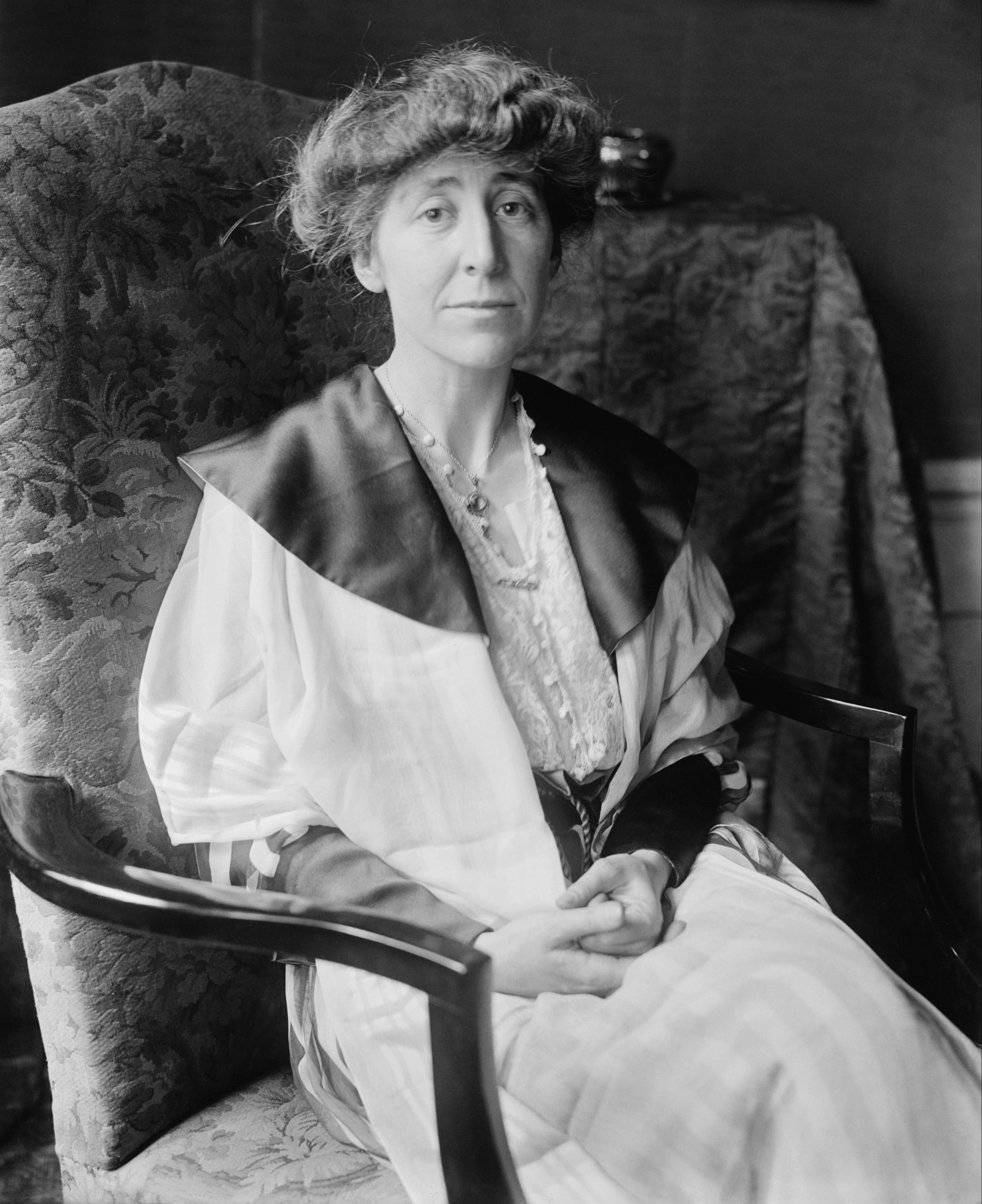5 Things You Probably Didn’t Know About Women’s Suffrage In America
101 years have passed since women won the right to vote across the United States on August 18, 1920. Suffrage was a huge milestone for U.S. women, especially for the female suffragists who had worked tirelessly for the cause.

Still, prior to national suffrage, millions of women had already voted in past elections, and some had even held positions in state and federal governments.
Millions of women had already voted in previous elections, and some had held government positions.
Here are a few surprising facts you might not know about the long fight for women’s suffrage in America.
America’s First Female Governor Couldn’t Vote
In February 1909, Democratic Oregon Gov. George Chamberlain encountered a consequential schedule conflict. Chamberlain had won the election to the U.S. Senate and was going to be sworn into his D.C. office on March 4.
Chamberlain’s gubernatorial successor, F. W. Benson, was battling illness and couldn’t take over the rest of Chamberlain’s term until March 1, which meant Chamberlain wouldn’t have enough time to travel to the D.C. ceremony.
Customarily, the governor’s personal secretary would take over in case of illness or travel. Up until this point, private secretaries had been male. This time, however, the secretary was a 32-year-old female named Carolyn Shelton. The only option was to name her acting governor.

“I shall try to show that a woman can conduct the affairs of a Governor’s office as well as a man can,” Shelton told an Oregon newspaper.
Shelton held the seat for a glorious 48 hours and 55 minutes. Afterward, she rejoined Chamberlain in D.C., continuing as his personal secretary. She married him 30 years later.
“I shall try to show that a woman can conduct the affairs of a Governor’s office as well as a man can.”
The first elected female governor, Nellie Tayloe Ross, won Wyoming’s gubernatorial election in 1924, four years after national suffrage passed.
New Jersey Women Voted 100 Years Prior to Suffrage Amendment
When New Jersey ratified its state constitution, the authors used gender-neutral language to describe qualified voters, requiring that “they,” as opposed to “he” — the pronoun used elsewhere in the state’s constitution — reside in New Jersey for a year and own 50 pounds in assets.
The language quirk may not have been intentional. The constitution’s framers were in a rush to pass the document as America prepared to declare independence from Great Britain. New Jersey’s state constitution was written and passed in only five days.
As a result of the loophole, both men and women in New Jersey were allowed to vote, and lawmakers enshrined women’s suffrage specifically in a 1797 state law. Nevertheless, the victory was short-lived; in 1807, the New Jersey vote was limited to men, as a result of voter fraud accusations against women and African-American voters.
163 New Jersey women voted from 1797-1807.
Even during New Jersey’s 10-year suffrage period, not many women voted. Married women usually ceded their property rights to their husbands, meaning only single or widowed women could cast ballots.
A group of researchers recently discovered poll lists showing that at least 163 New Jersey women voted from 1797-1807, according to The Washington Post.
First Female Mayor Was Nominated as a Joke
In the late 1800s, Prohibition was a hot topic for women across the U.S, including members of the Woman’s Christian Temperance Union (WCTU) in the 400-resident Quaker town of Argonia, Kansas. In 1887, Argonia women gained the right to vote in city elections, turning their previously marginal temperance movement into a political threat.
That year, the women held a meeting to decide on the male candidate whom they would support for mayor. A group of anti-prohibitionist men, called “wets,” sat in on the meeting, heckling and disrupting their discussion in hopes the women wouldn’t throw their weight behind a pro-temperance candidate.
If women voted for the female candidate and lost, they’d look outrageous and silly, damaging their cause.
When their pressure campaign failed, the men tried another tactic: nominate one of the WCTU women, Susanna Salter, for mayor. If women voted for the female candidate and lost, they’d look outrageous and silly.

The day of the election, many voters were surprised to find Salter’s name on the ballot, and Salter, to her credit, refused to have her name removed when she learned of the ploy. The WCTU women collectively dropped their male candidate in favor of Salter, and she ran away with more than 60% of the town’s vote.
Four Million Women Could Already Vote Prior to 1920
15 states had granted women’s suffrage before the 19th Amendment was passed. Almost every one of those states was located in the West.
The Wyoming territory was the first to allow women to vote in 1869. It retained women’s suffrage upon becoming a state in 1890.
15 states had granted women’s suffrage before the 19th Amendment was passed.
Utah’s territorial legislature unanimously passed women’s suffrage in 1870, believing that this would help eradicate widespread polygamy in the territory. On the contrary, suffrage only gave pro-polygamy women a stronger voice. The government revoked Utah women’s voting rights in 1887, only to reinstate them after the Mormon church officially ended the practice of polygamy in 1890.
New Mexico was the only continental western state that failed to grant women complete voting rights before the passage of the 19th Amendment. Hispanic delegates to the 1910 Constitutional Convention made it difficult to amend voting laws in order to protect Spanish Americans from disenfranchisement. Nevertheless, in 1920, the National Women’s Party was founded in the state, and New Mexico became one of the three-fourths of states necessary to ratify the 19th Amendment.
Congresswoman Voted for Women’s Suffrage
Montana elected the first U.S. congresswoman, Jeannette Rankin, in 1916, four years before the federal government passed women’s suffrage, and only two years after Montana permitted women’s suffrage.

Although Rankin had left office by 1920, she did propose a suffrage amendment in 1918. The amendment garnered just enough support to pass the House, but it failed in the Senate. Rankin later observed she was “the only woman who ever voted to give women the right to vote.”
Closing Thoughts
101 years after the passage of national women’s suffrage, U.S. women now vote at a slightly higher rate than men do. In 2018, 55% of eligible women and 51.8% of eligible men cast ballots, per a Pew Research Center study. Women also voted at higher rates than men in the previous five midterms. Whenever women cast their votes, they can thank their 1920 female predecessors, who, through several odd twists and turns, made it all possible.